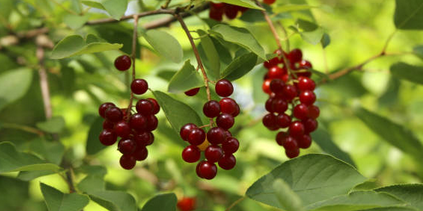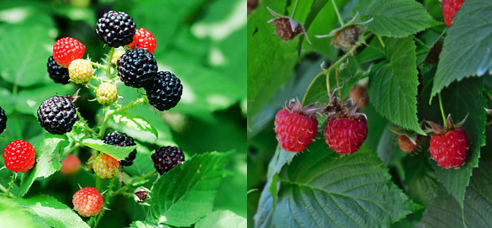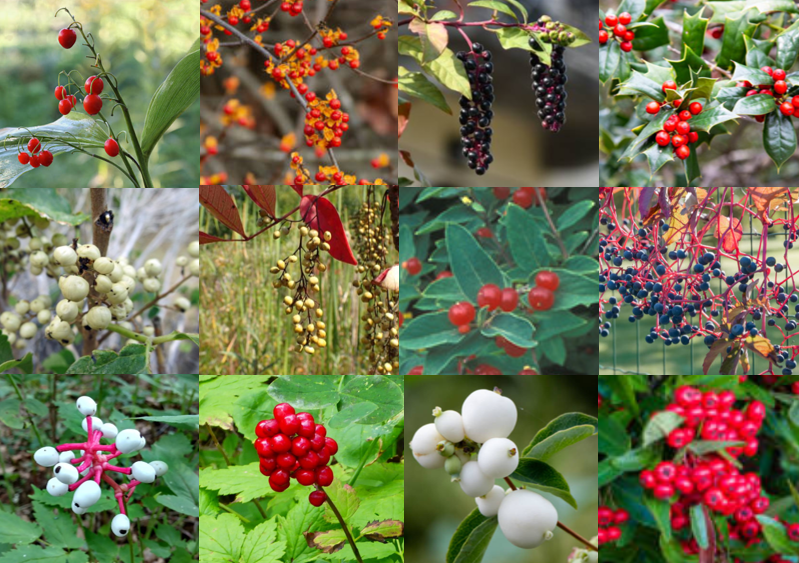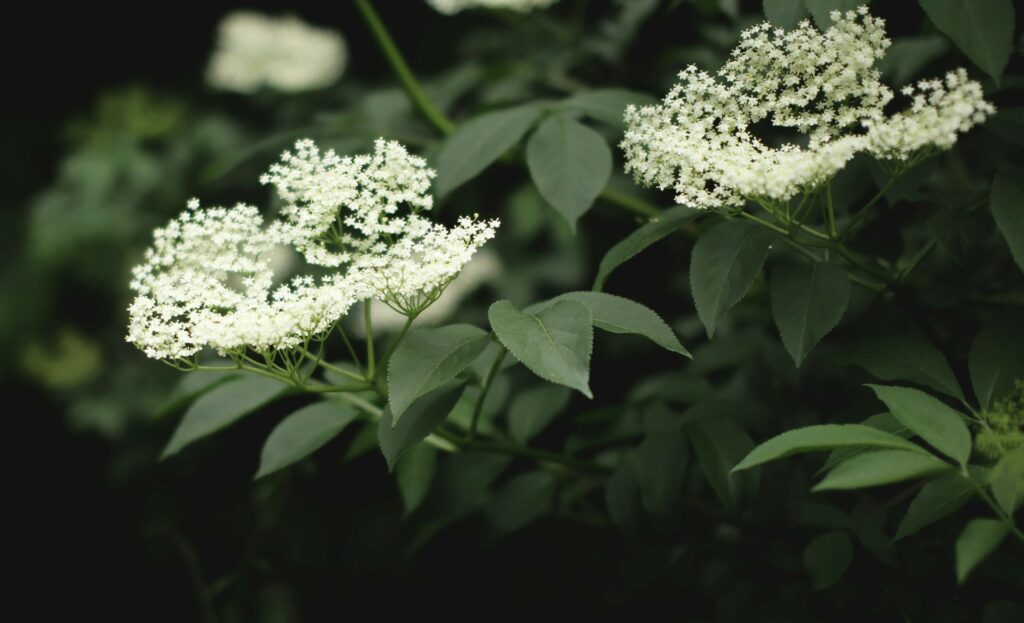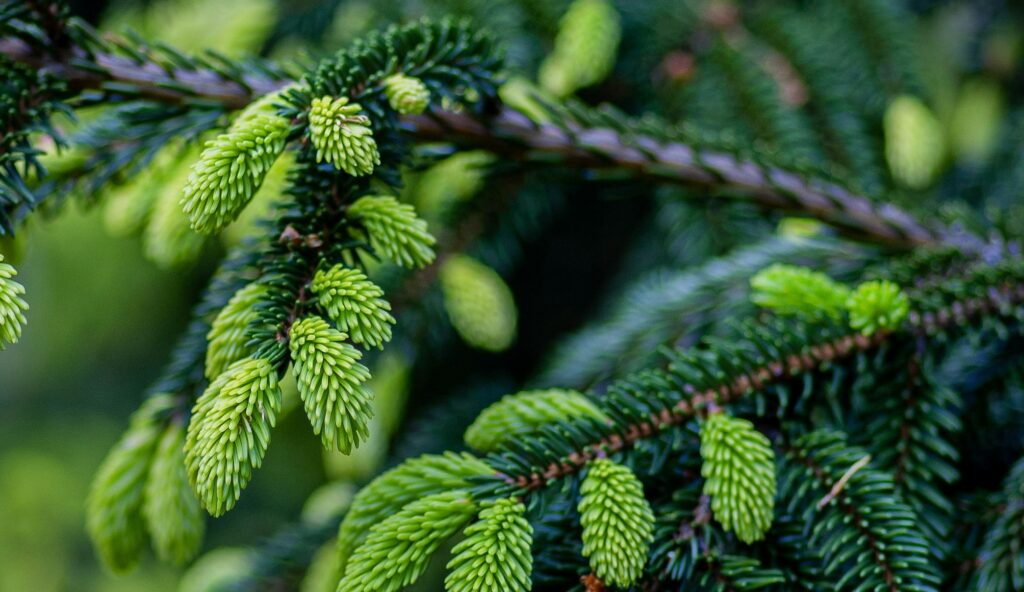BLOG POSTS
August 6, 2024
Comments: 0
Chokecherries
The name doesn’t exactly inspire confidence, right? Who wants to eat something with “choke” in the name? I’m sure they grew in the wild spaces of my childhood, but they weren’t something I thought about eating until I moved to Upstate New York. My dad and I walking down a dirt road near...
July 1, 2024
Comments: 0
It’s wild raspberry season in upstate New York, and we’re having bumper crops this year. Maybe because of all the rain? Whatever the reason, I’m grateful — I’ve got about 10 batches worth in the freezer ready for jamming, with more to come. I made a cobbler last night and...
June 25, 2024
Comments: 0
Adaptive Canning Tools: Atmospheric Steam Canners
I have a genetic disorder that causes me certain physical difficulties when making my jams and jellies. Some of my blog posts, therefore, are going to be about adaptive tools and techniques that can make jamming easier. Today we’re going to start off...
June 18, 2024
Comments: 0
My favorite thing about Juneberries, also know as shadberries, serviceberries, and saskatoon berries, is that they are the first wild berries in my area to ripen. I finally get to head out with my fruit gathering basket! The fact that they are tasty and versatile helps too.
Identification
Juneberries...
June 13, 2024
Comments: 0
Welcome to part 2 of our look at the berries you shouldn’t be foraging. This post features berries that will make you sick but are unlikely to prove fatal. Before we start, a reminder from the last post:
The best way to avoid eating poisonous species is to learn which of them grow in your area,...
June 7, 2024
Comments: 2
With so many luscious berries in our landscape, it can be confusing to know which ones are delicious, which ones are merely palatable, which ones will make you sick, and which ones can kill you. Today, while we wait for the delicious berries to get ripe, we’re going to take a look at the toxic ones you...
June 4, 2024
Comments: 0
From early to mid June, my neck of the woods in Upstate New York is awash in wild roses. They smell lovely, especially first thing in the morning on a sunny day. It almost makes up for how much I hate the multifloras the rest of the year.
The Northeast United States is home to six native species of rose:...
May 24, 2024
Comments: 0
Welcome back for part 2 of identifying spring blossoms that tell you which fruits will be on their way soon.
Autumn olive / Speckleberry / Autumnberry
Native to Asia, autumn olive is somewhere between a hefty shrub and a small, tough, sprawling tree up to 16’ tall. Alternating 2” to 3” leaves are dark...
May 20, 2024
Comments: 0
The violets and ramps are done. The dandelions have stopped covering the yard. You’ve got knotweed and wild garlic mustard to last you for the next year. What are you supposed to do with yourself until fruit starts coming ripe??? Go fruit scouting, of course.
Some fruits can be hard to see when...
May 16, 2024
Comments: 0
Yes, you read that right — spruce tips. They’re easy to identify, easy to pick, and all varieties are edible. Spruce tips can be steamed or sautéed as vegetables, or combined with fish and wild game. They are used in many Canadian and Alaskan beer recipes. They can be chopped and added to...
No posts found

